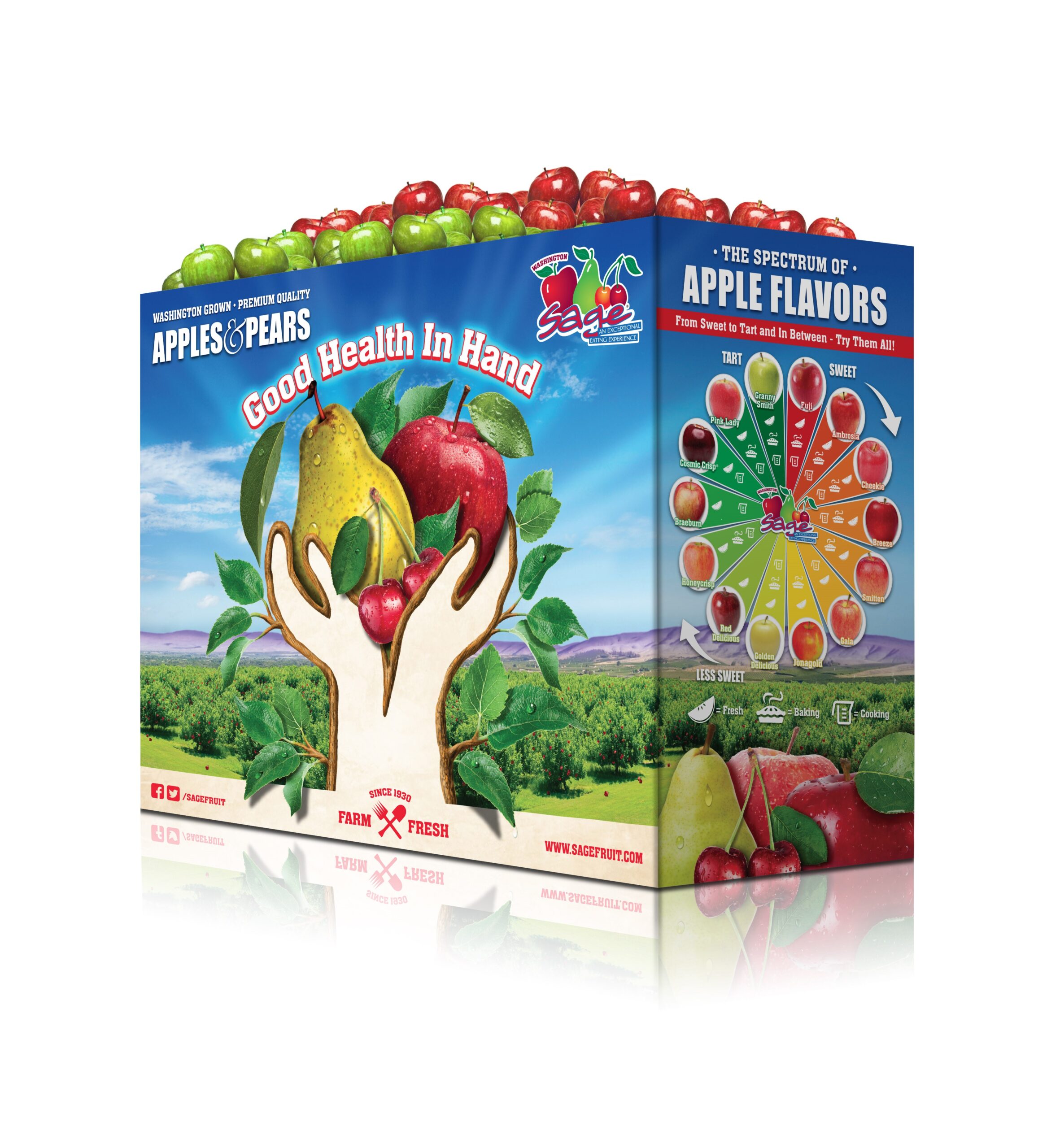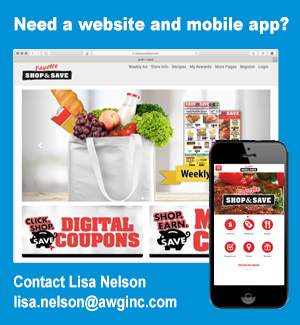
While we at AWG have faced incredible challenges over the past couple years, those that supply items to our grocery stores have faced their own set of issues. However, just because it hasn’t been easy, doesn’t mean that it’s all bad. We spoke to Sage President, Sales and Marketing Chuck Sinks about the produce business currently, how his company is dealing with supply chain challenges and advice he has for retailers to win in the produce department.
Q: What are the biggest lessons you have taken from operating during COVID?
A: Adaptability across the board has been the key to success during COVID. On the sales side, our team began working remotely, while our marketing team, which spends a great deal of time on the road, was grounded. We had to find ways to stay in contact with our customers, who were also working remotely, and keep our finger on the pulse of consumer needs.
Following up on consumer needs, we had to find packages that would meet their new demands during COVID. For example, we saw an upswing in bagged product – pre-bagged items brought a sense of safety to the consumer.
On the warehouse side we had to adjust to the ever-changing protocols and mandates to ensure product was still being packed and shipped in a timely fashion.
Overall, it’s been a year-and-a-half of learning as we go, and things we may not have seen as feasible, or at least attainable on short notice pre-COVID became second nature.
Q: Supply chain is on everyone’s mind in grocery. You have a different perspective than those that are at the store. What things do you think it’s helpful for those at the store level to understand about what’s going on with the supply chain in produce right now?
A: While mother nature has given us slightly smaller crops, overall, there’s not as much of a shortage on food as what it seems. However, the shortages elsewhere, like in trucking or raw materials, is creating that illusion. As we saw early in the pandemic, that led to panic buying on the part of the consumer.
Q: What consumer behavior patterns or trends are you most interested in right now?
A: Over the last year and a half we have seen an increase in customer demand for pre-packed bags of apples and pears. Consumers have become accustomed to ordering online for pick up and including packaged items in their carts, and those who are shopping in-store appreciate the convenience of a grab-and-go. Packaged items add an element of safety in the eyes of the consumer. It will be interesting to see if that continues.
Q: What does innovation look like for Sage? How do you look at innovation for your company and the produce industry?
A: Our goal is to stay ahead of the curve on innovation, from packaging to production. Currently, we are beta testing automated picking machines which would be a great help during harvest. Labor is an ongoing issue during apple harvest, and these machines would allow for more picking hours and consistency.
With regards to packaging, we understand that today’s consumers want to lead a more sustainable lifestyle, and they expect the companies they purchase their goods and services from to help them achieve these sustainability goals. With increased concerns over single-use plastic, as well as a heightened awareness of the availability of more sustainable options, Sage Fruit has been actively seeking alternative solutions to traditional packaging.
Q: When it comes to merchandising in the produce department, what have you seen work best and what are some tactics you think stores should avoid?

A: If the space permits, keeping apples refrigerated is ideal. By keeping apples refrigerated, they retain more moisture, hold their shape, and maintain their crisp texture. This provides the consumer with the best eating experience possible and ensures repeat purchases.
There are several other ways to move volume across all varieties as well:
- Build eye-catching displays – grab the consumers’ attention as they walk into the store or produce department. We have several point-of-sale bins and marketing materials to help create the displays.

- Provide information about the product – flavor, availability, best uses OR what it compares to.
- In-Store or Digital Promotions
- Additionally, our market reps in the field are available to help build marketing strategies specific to the retailer for whatever best suits their needs.
Q: Produce as snacks has gained a huge amount of popularity and momentum. How are you looking at snacking from a company level?
A: Fresh produce is one of the easiest and healthiest snack options available. Apples, for example, are the perfect on-the-go treat; there’re really no need to be prep them. However, if you do enjoy slices, they pair perfectly with other items including proteins and grains.
Q: Finally, with health on everyone’s mind these days, how can we as grocers and you as a produce company work together to educate consumers on the health benefits of produce products and different uses for them?
A: Communicating with the end consumer is key. We all know that fresh fruits and vegetables are healthy, but how does each one specifically help us? What nutrients does an apple provide and why are those beneficial to my body? How is it that cherries aid restful sleep? A medium-sized apple is roughly 80 calories, but high in fiber, which provides the feeling of being fuller, longer. Cherries are a natural source of melatonin, which helps with sleep. Being able to point to specifics on what, how and why these produce items are beneficial, or even how to select/store/prep, whether it’s in-store or through digital platforms, can be helpful in the long run.









